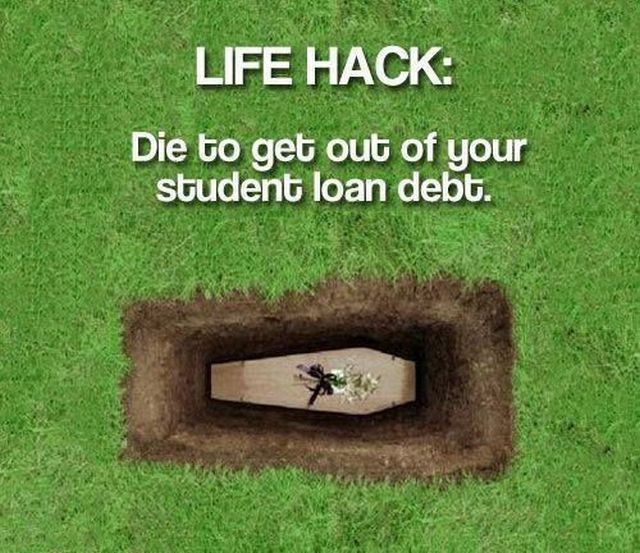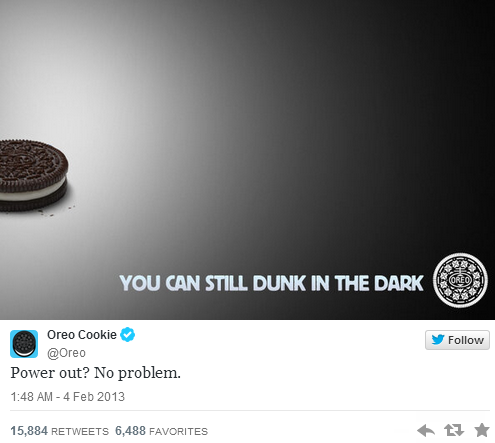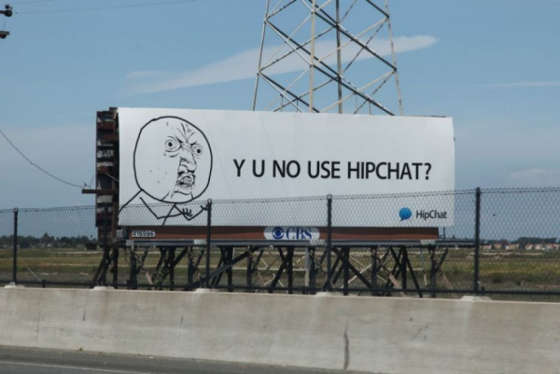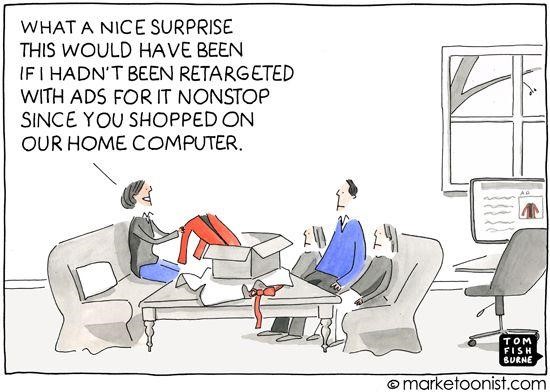If you’ve read a marketing blog or been to any conferences recently, there are certain words that you’ve probably heard… over, and over, and over again. They’re the kind of words that would guarantee you a swift victory if you were playing bullshit bingo while watching a bunch of marketers on a SXSW panel.
To help you navigate through this buzzword minefield, we’ve compiled a listicle. It’s the most authentically actionable list covering 7 marketing buzzwords, and what they actually mean, in holistic terms, so you can accelerate your 360 degree understanding.
Growth Hacking
Probably the most overused term in 2015. You may have also heard of its older brother, “life hacking” – a term so overused by enthusiastic Whole Foods-shopping urbanites it now seems to apply to anything that makes our already pretty sweet lives marginally easier. The Internet is packed with articles on hacks that are totally guaranteed to change your life: How to hack Japanese food in 4 easy steps using Ramen noodles, water heat, and a bowl! Put a banana in a case to carry to work? You hacked the shit out of that banana! Like, I’m literally hacking this blog post right now, with my keyboard, bro.
In it’s heyday, “hacking” meant achieving a goal in a clever or resourceful way; basically smart tricks and tips. Growth hacking just means being clever about solving problems and increasing productivity in not so obvious ways to achieve growth. It often refers to “bootstrap” (… bingo!) marketing strategies used by startups with small budgets.
A great example of a company that used growth hacking to achieve huge success is Airbnb. They used Craigslist to find listings of houses for rent and asked renters to place their ads on Airbnb instead. This quickly earned thousands of users, and the network went viral over night. They tapped into an existing network and piggybacked their way to growth. Smart, creative and low cost.
Programmatic Advertising
The hottest trend in ad tech right now. It simply means buying advertising inventory (space) in an automated way on an ‘exchange’, as opposed to ye olde fashioned way with human negotiations and manual insertion orders and all that.
Suppliers with ad space (like the New York Times) can sell their space and advertisers can buy it all using a platform that is basically a stock exchange for advertising. You can use all sorts of incredibly powerful data to determine where to show your ads so you can be visible to your target audience/buyer personas on a large scale.
The big advantage is the efficiency – humans are mostly removed from the equation. It’s the future of ad buying; digital has already moved this way and traditional advertising (like TV spots) has already started making the move. Sorry to all of you Ad Buyers out there – robots just took your job.
Jacking
Sooo, flying straight passed the innuendos on this one, jacking is commandeering content for your personal marketing purposes. With newsjacking, writers cover a breaking news story while weaving in their own brand agenda. One of the best examples is Oreo’s news jack during the superbowls power outage in 2013. As soon as the power went out, they instantly (within seconds) posted a photo on Facebook with the caption “Power Out? No Problem”. The photo read: “You Can Still Dunk in the Dark.”
Genius.
Another example of jacking is Memejacking – the practice of hijacking popular memes for the benefit of marketing your brand or product is an excellent and simple way to engage established followers while reaching out to a new market. See below for hipchat using the “y u no” guy…
Conversation Marketing
Conversation marketing is all about having meaningful, direct one-to-one conversations with your customers through social media and other channels. The idea is to focus on creating a bond with users and leverage real time communication via the medium in which your audience is spending time. One place where people are spending more and more time is in chat apps like Kik, Snapchat, Facebook Messenger, etc. They’re set to be the next breakout content distribution and marketing platform – it’s definitely going to be a big trend for 2016.
Facebook has announced plans to monetize Messenger, which already has 700 million monthly users. At their recent dev conference, they said they’ll start to let brands and businesses use it to send customers receipts or shipping updates for products they bought or handle customer-service issues. They also revealed they’re working on a new ad-type called “Click to Message”. Businesses will be able to design ads for their company or product with a little “Message” CTA button at the bottom that uses their usual pay-per-click model.
Kik has taken a similar direction, recently launching Promoted Chats – more than 60 brands have signed up so far. The vast majority of the conversations seem to be handled by robots, but the kids don’t seem to mind – engagement has been off the charts. Funny or Die’s bot has chatted with an insane 1.5 million users, while Skull Candy’s talked to 300,000 within the first three months of its launch. So, sorry Community Managers – looks like robots are set to take your job too.
Retargeting
Have you ever been stalked around the internet by an banner ad? If this sounds familiar: you look at watch on Amazon, then for the next month you see that same watch everywhere you go online – then you’ve already been a retargeting target. It’s the practice of showing users ads for a product or service they viewed earlier. but didn’t purchase, and it can be an incredibly powerful tool to squeeze out more conversions from your online campaigns.
Snackable Content
Thanks to smartphones and the internet, we now have a shorter attention span than goldfish (according to this study – one with actual science in it). For the most part, consuming media in bite-sized pieces has become more ‘palatable’ for people. In our fast-paced, multiple-tabs-open, flicking-between-Reddit-cat-videos-and-work-email-scrolly-scrolly world, reading long stuff makes us tired.
Enter snackable content: short form data that consumers can quickly engage with, on-the-go, on a smaller screen, that will leave them hungry for more content later on. Speed is of the essence! Snackable content should be easily graspable; think images, infographics, and short videos that tap into existing shared references and stories that we are already familiar with.
GoPro are insanely good at this. Their Twitter feed is packed with candy.
NOTE: All is not lost for long form content, Re/Code recently did a great article on how people might be getting a little tired with being bombarded with listicles and clickbait. According to them (and BuzzSumo), longer articles are shared more than shorter ones, so watch this space carefully.
Big Data
Big data probably wins the prize for longest running buzzword in the list, and most widely used since it has applications in almost every industry. It also wins the prize for being the most boring buzzword to write about with a limited potential for jokes, so I’ll get to the point. What is it? It’s the the process of analyzing complex set of data sets to discover information that could help make better decisions or find certain patterns that were previously unknown. The data can be from traditional and digital sources inside and outside your company.
Once you gather the data and gain insights from ongoing data analysis, you can learn from it and apply. You can improve customer engagement strategies and add more value to both your offline and online interactions – that’s the potential of big data-driven marketing.
So that’s the list. What do you think? Got anything to add? Why don’t you circle back and touch base below in the comments with some out of the box thinking…





